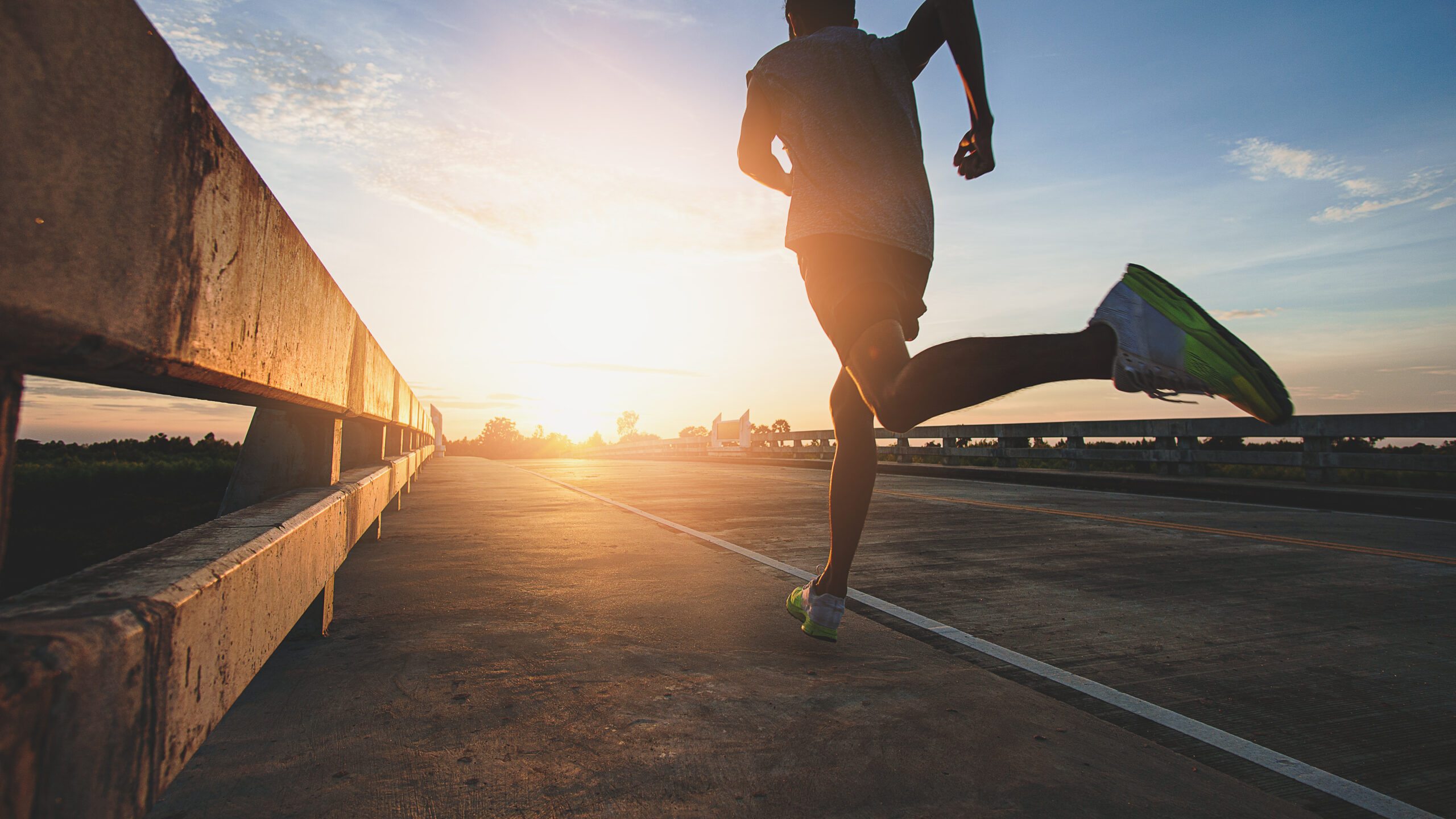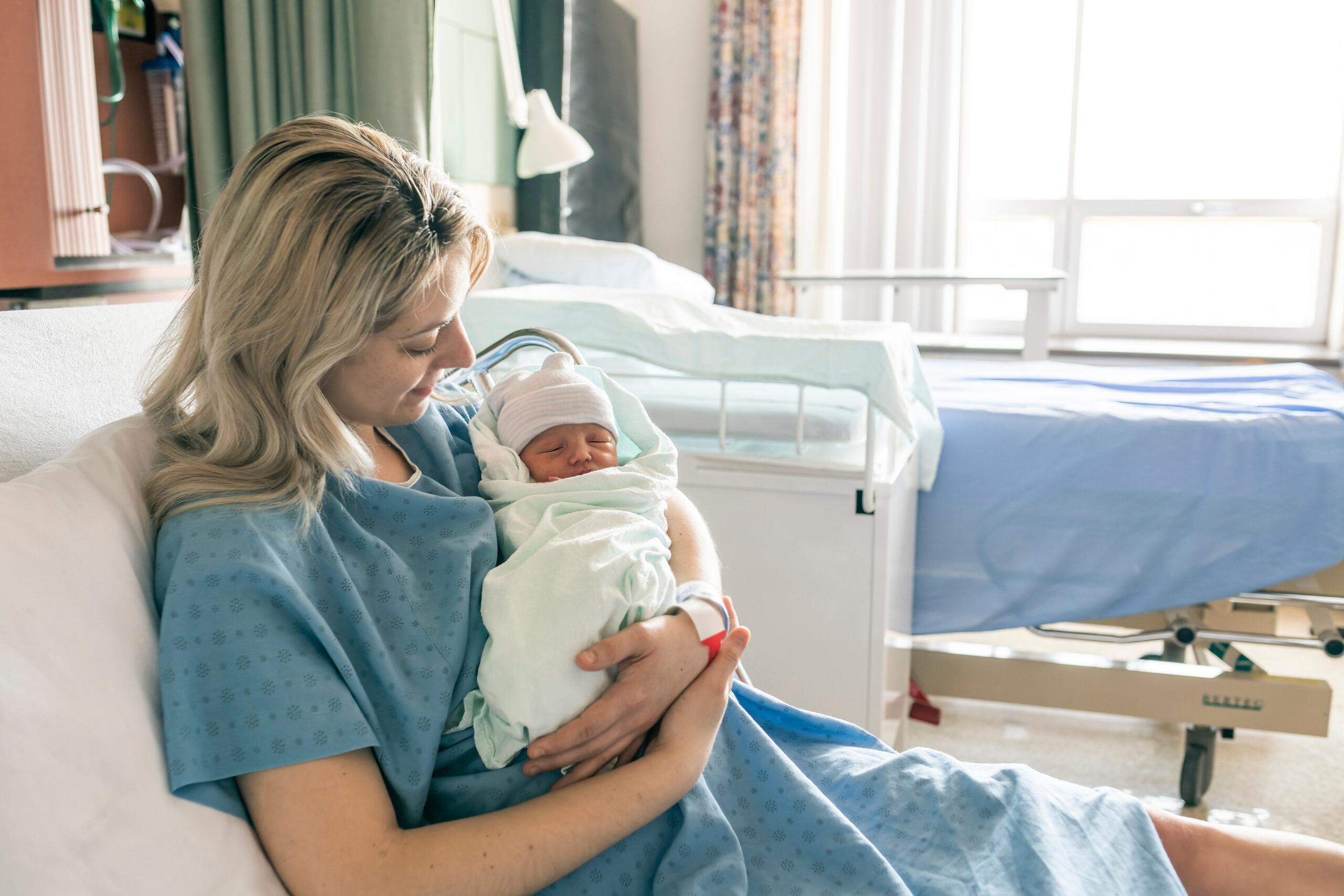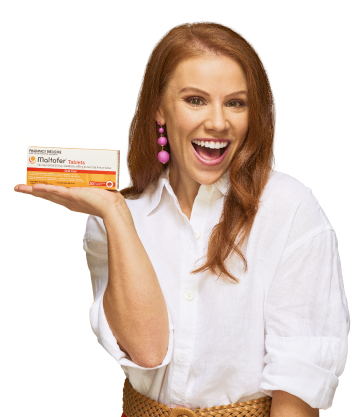It’s no secret that iron is a key ingredient to our health and physical performance.
For athletes and people who regularly exercise, having enough iron in your body is critical. Iron supports optimal athletic performance.
Without enough iron, our bodies struggle to get oxygen to our muscles and organs. This can lead to fatigue and underperformance.
Here, you’ll learn all about the relationship between iron and exercise. Plus, you’ll get some pointers on how to address low iron in your diet so you can stay at the top of your game.
The Impact of Iron Deficiency on Physical Performance
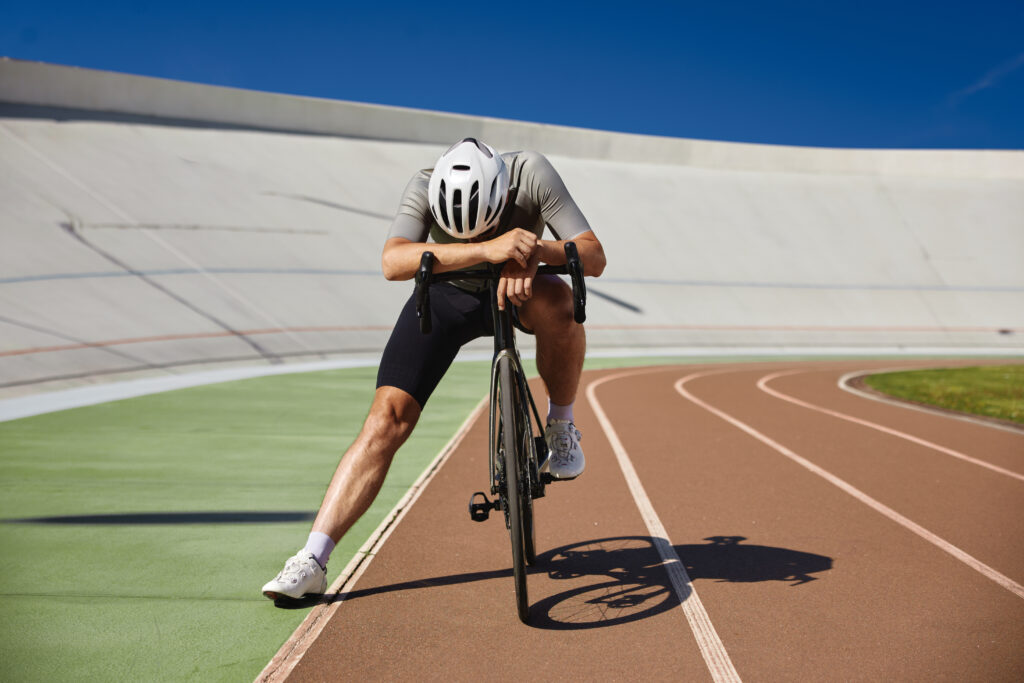
Low iron levels can have a big impact on your physical condition. When your iron stores are low, your body struggles to make enough red blood cells. These cells carry oxygen around your body to the muscles and organs that need it to function well. Low iron levels also affect energy production within your cells.
Common signs of low iron include:
- Fatigue: You might notice a persistent tiredness that doesn’t improve with rest.
- Reduced stamina: You might have difficulty maintaining energy levels during workouts or daily activities.
- Shortness of breath: Breathlessness even during light exertion.
- Dizziness or light-headedness: Feeling faint or unsteady, particularly when you exercise.
These symptoms can impair performance for athletes and people who are active regularly.
It may be valuable to keep track of your iron levels to optimise physical fitness and overall health.
Why Athletes and Active People Need More Iron
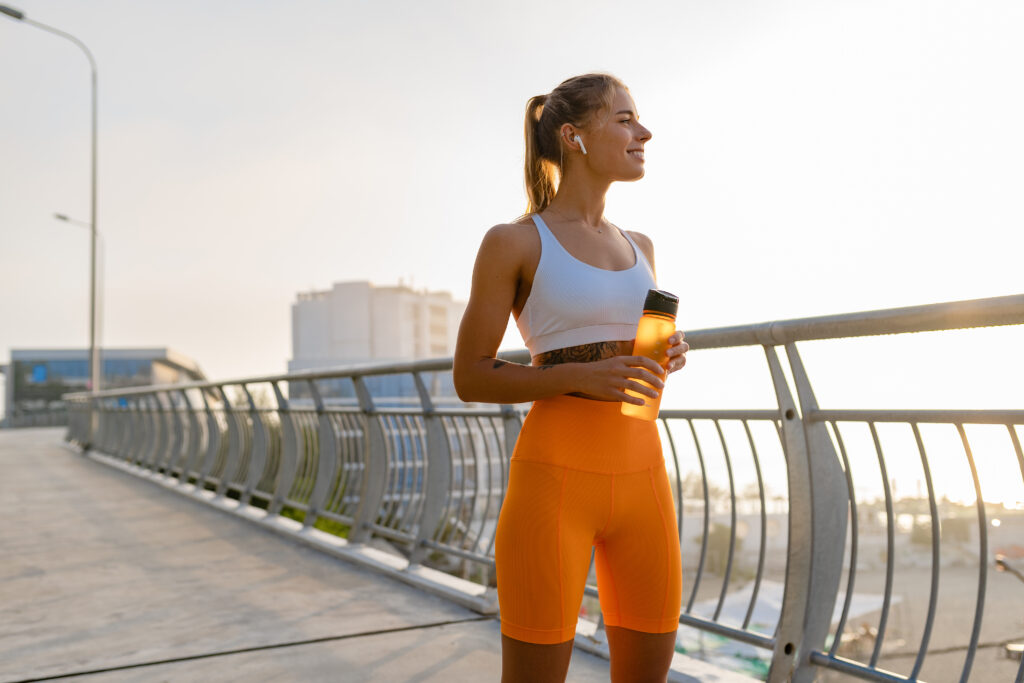
Athletes and those who exercise regularly may need more iron than less active people. Iron gets used up more quickly because active people:
- Need more iron to help make the red blood cells needed for higher activity levels.
- Lose iron in sweat and sometimes in urine, especially during intense workouts
- Decreased iron absorption from the gastrointestinal tract.
Endurance athletes can also lose iron due to the mechanical stress on red blood cells during activities like running.
If you’re an active woman, you may face additional challenges. Not only does exercise deplete your iron levels, but you also lose iron during menstruation. Monthly periods can significantly impact iron levels, potentially making you more vulnerable to deficiency.
Statistics show that around 1 in 3 female athletes may experience iron deficiency compared to about 1 in 10 male athletes. So, it’s crucial for active women to monitor their iron intake closely. Regular iron level tests will show you if your iron intake is sufficient.
Boosting Iron Levels: Nutrition
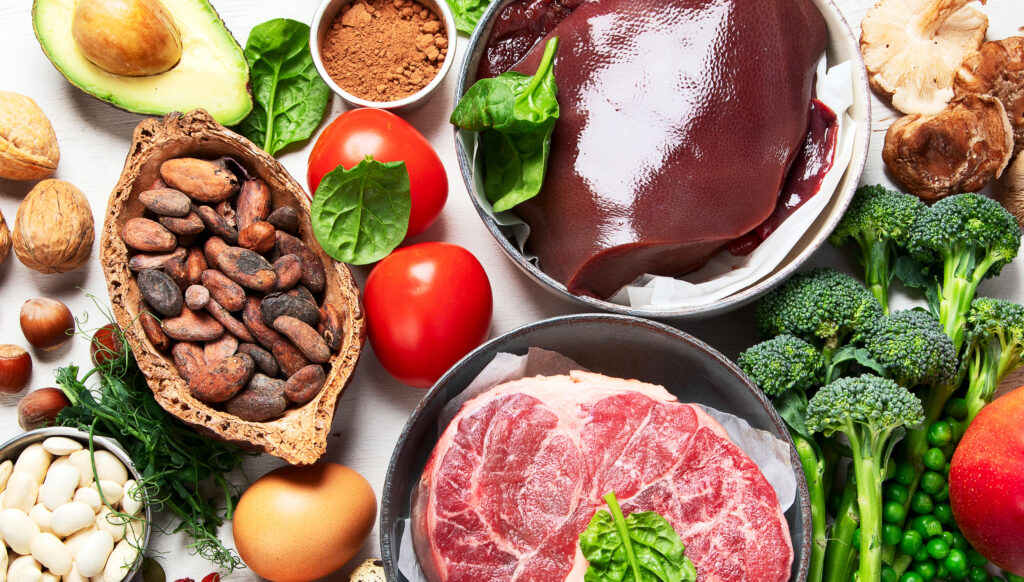
Our bodies don’t make iron. We rely on our diet to supply this essential mineral. Dietary iron comes in two main forms:
- Haem iron: Sourced from animal products like red meat, poultry, and fish, haem iron is more easily absorbed by our bodies.
- Non-haem iron: Found in plant-based foods, non-haem iron is a bit trickier for our bodies to absorb, but it’s still an important source of iron.
Athletes may need to consume more dietary iron than the recommended iron intake. It’s best to discuss your iron needs with your GP or a dietician for personalised daily iron targets.
To maintain healthy iron levels, focus on incorporating a variety of iron-rich foods into your diet.
Haem and Non-Haem Iron Sources
| Food Source of Iron | Haem Iron | Non-Haem Iron |
|---|---|---|
| Red meat (beef, lamb, pork) | ✔ | |
| Poultry (chicken, turkey) | ✔ | |
| Fish and seafood (salmon, tuna, oysters) | ✔ | |
| Organ meats (liver, kidney) | ✔ | |
| Eggs | ✔ | |
| Lentils | ✔ | |
| Spinach | ✔ | |
| Tofu | ✔ | |
| Fortified cereals | ✔ | |
| Dried fruits (raisins, apricots) | ✔ | |
| Nuts and seeds (pumpkin seeds, sesame seeds) | ✔ |
It’s important to pair iron-rich food sources with vitamin C-rich items. Foods like oranges, strawberries, or bell peppers enhance iron absorption from food.
If you’re feeling lost, don’t fret. We have you covered with our ultimate iron-friendly shopping list.
Boosting Iron Levels: Supplements
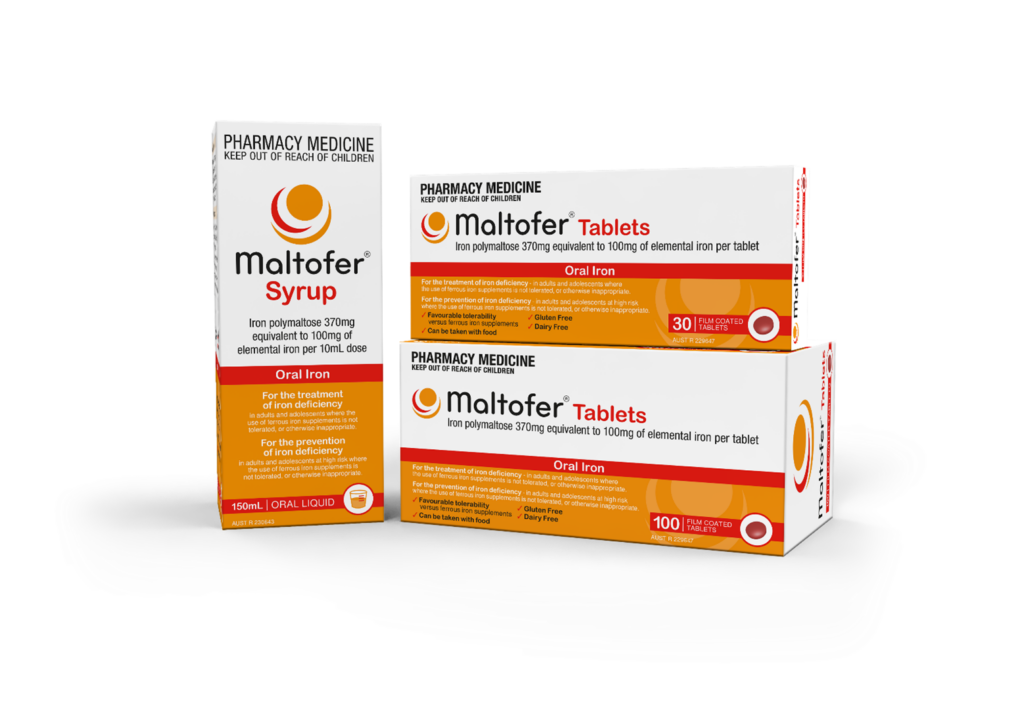
In some cases, dietary changes alone won’t restore optimal iron levels. If nutritional adjustments don’t improve your symptoms, you and your doctor may consider an iron supplement.
Maltofer Tablets and Maltofer Syrup are oral iron supplements used to treat iron deficiency when using ferrous iron supplements is not tolerated or is otherwise inappropriate. Maltofer is clinically proven to boost iron levels without the need for additional Vitamin C for absorption.
Maintaining healthy iron levels is essential for anyone engaged in regular physical activity. It’s important to have regular blood tests to monitor iron levels and talk to your doctor about your iron needs. Making sure your diet has adequate levels of iron for your level of activity and adding supplements, if required, can help make sure that you perform your best.

